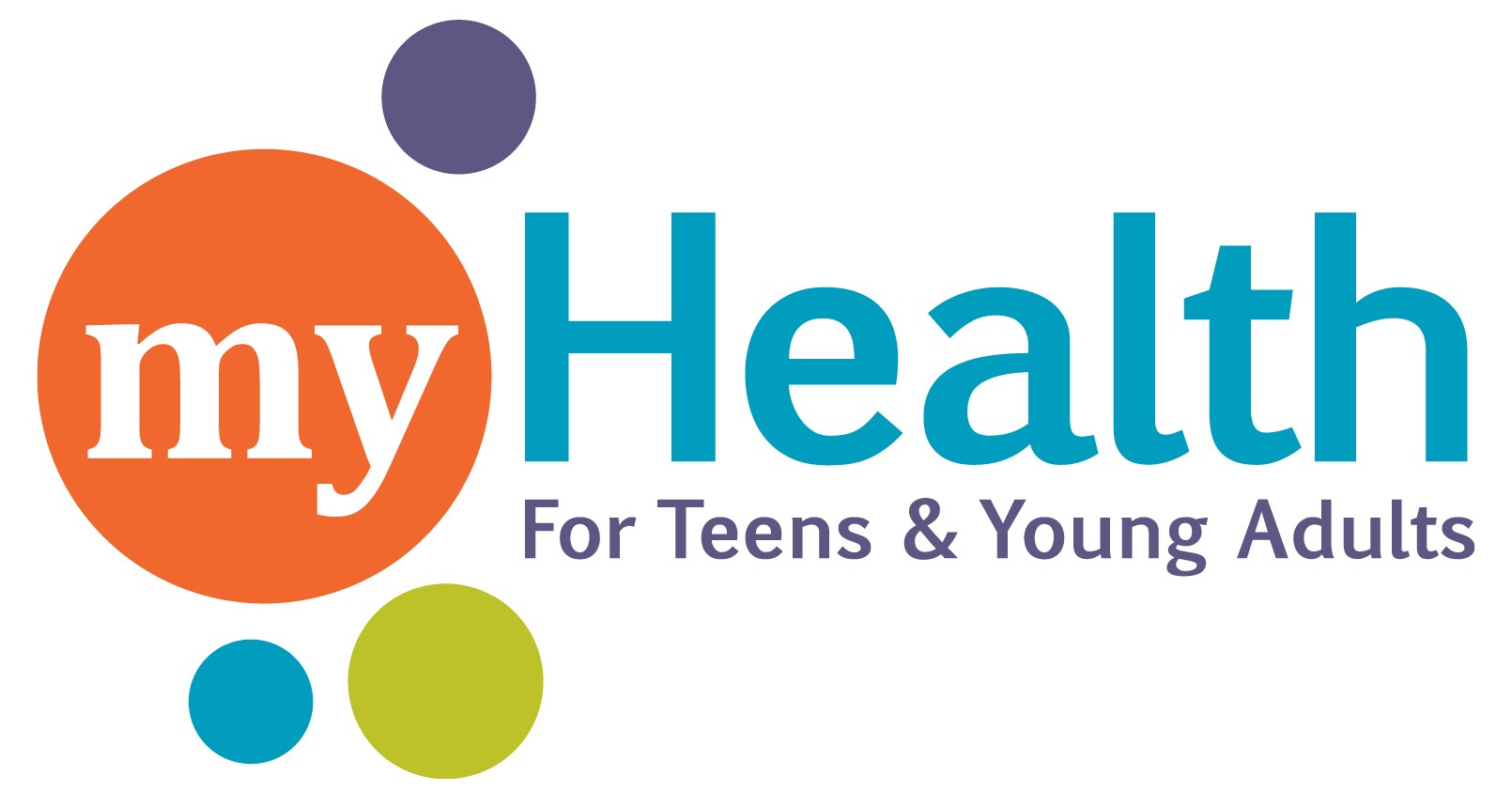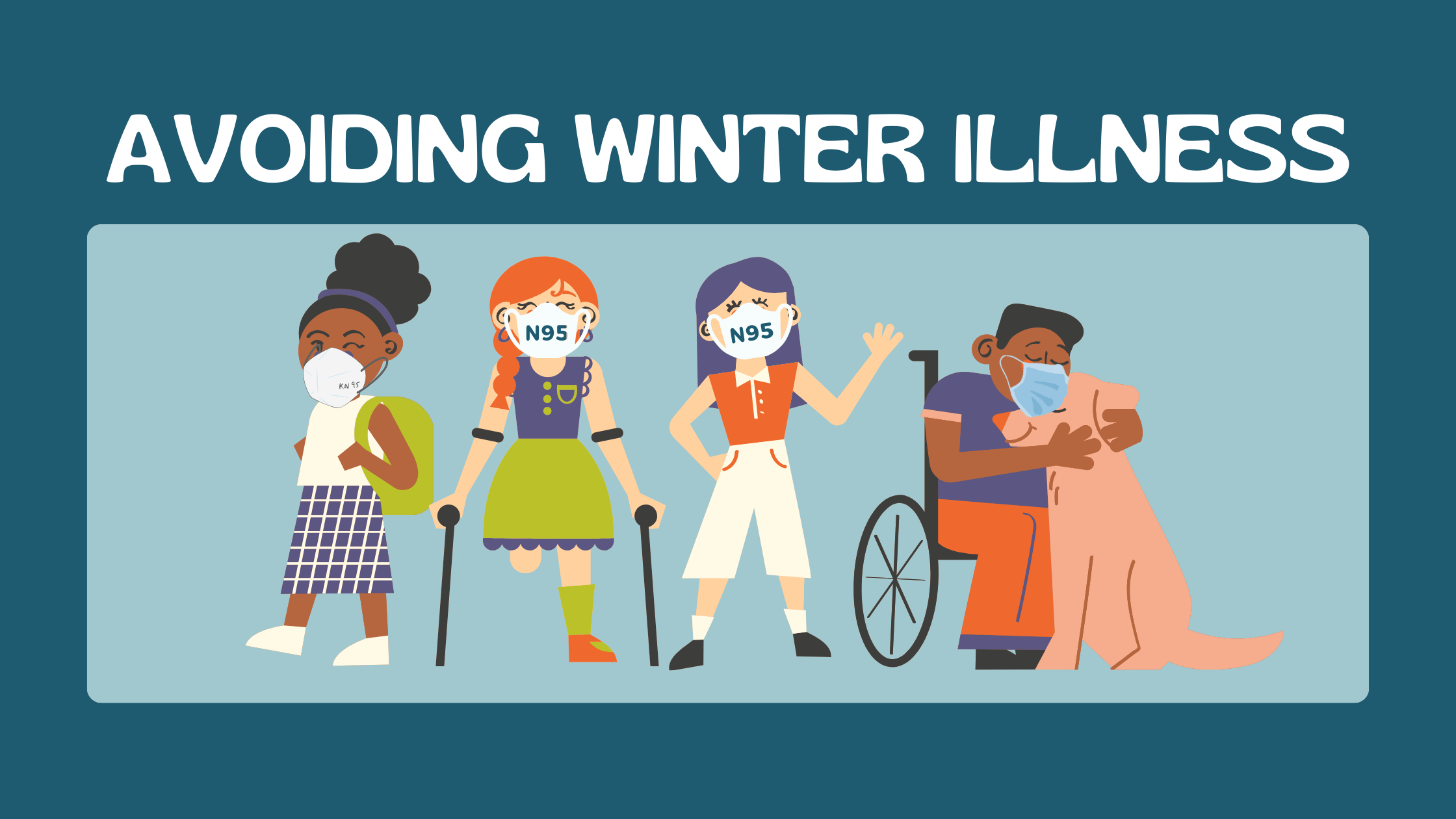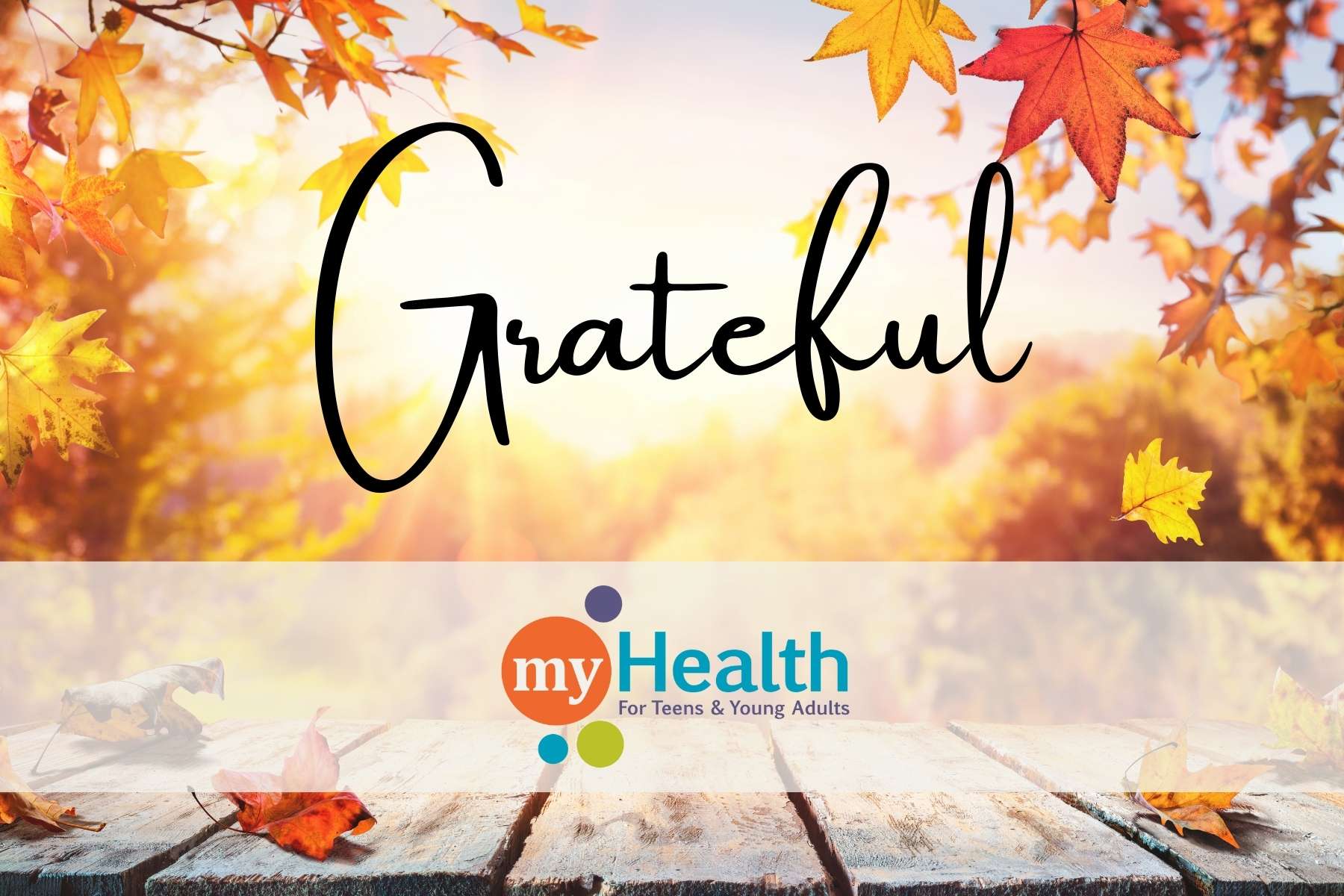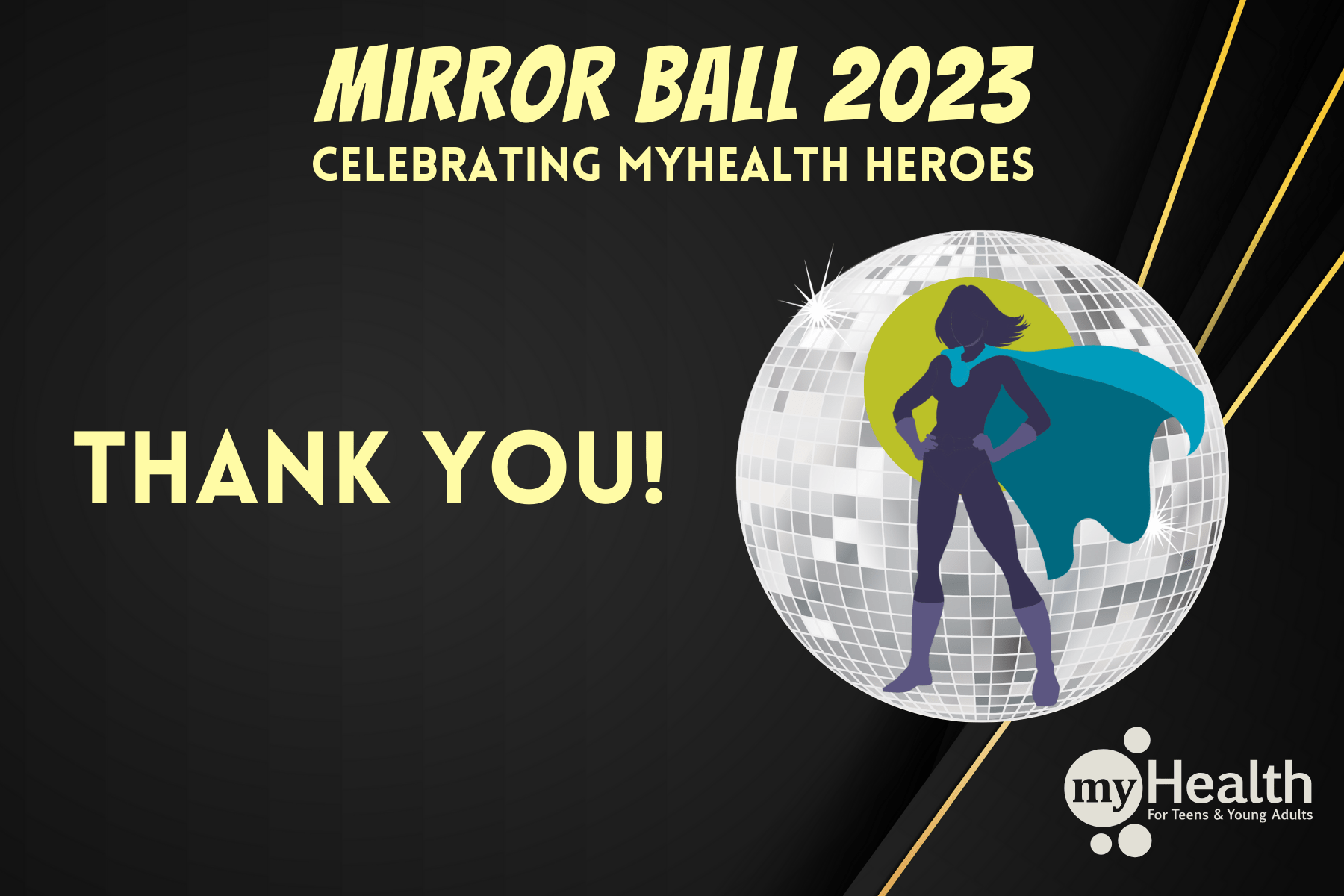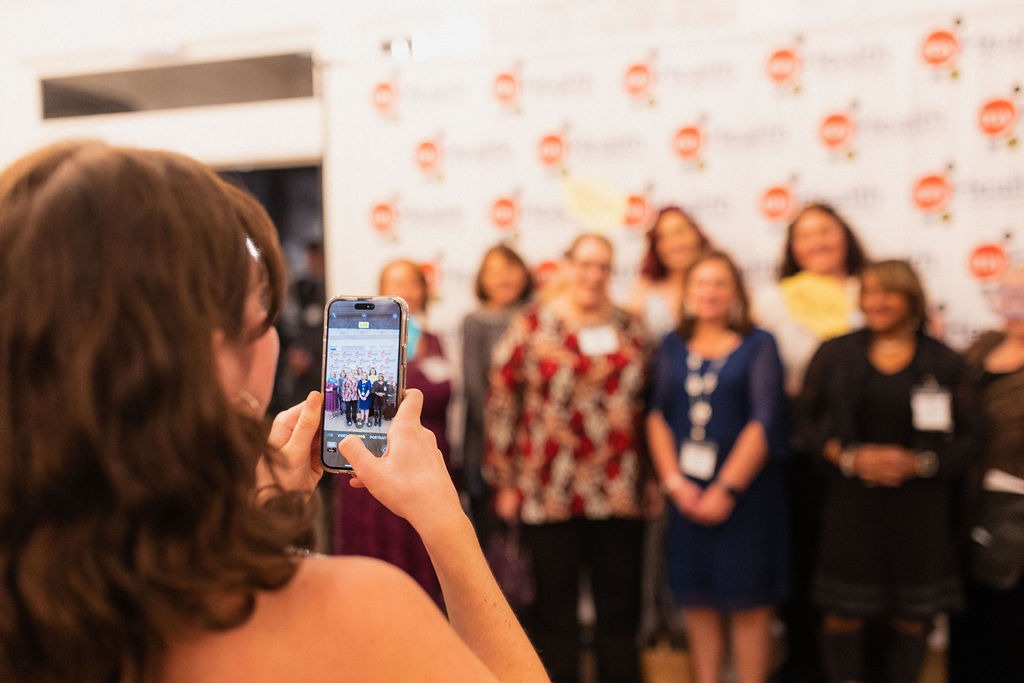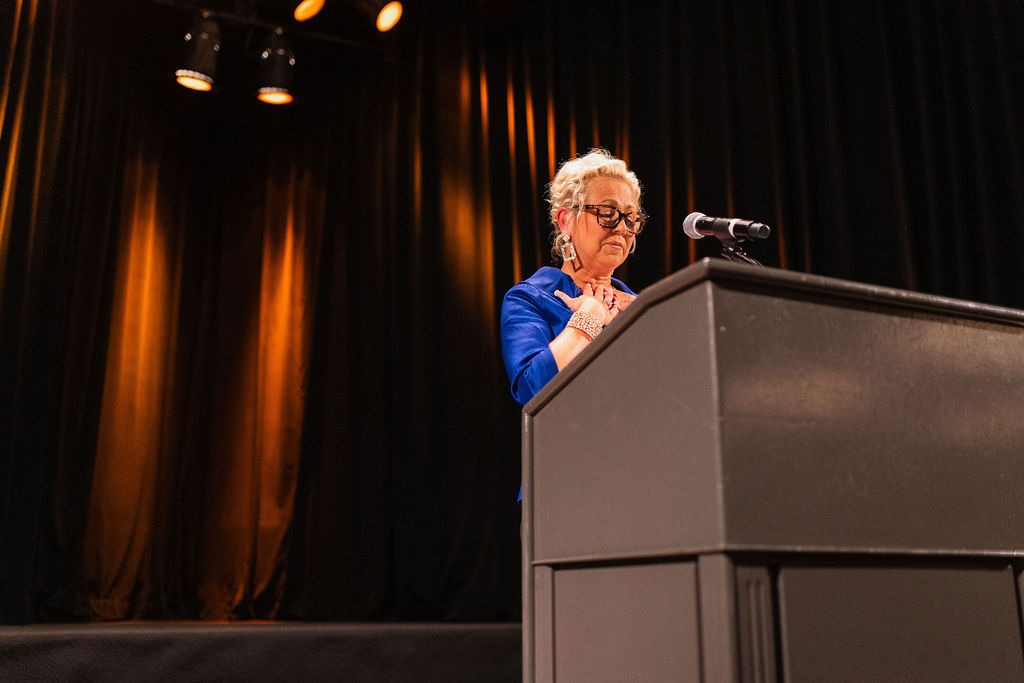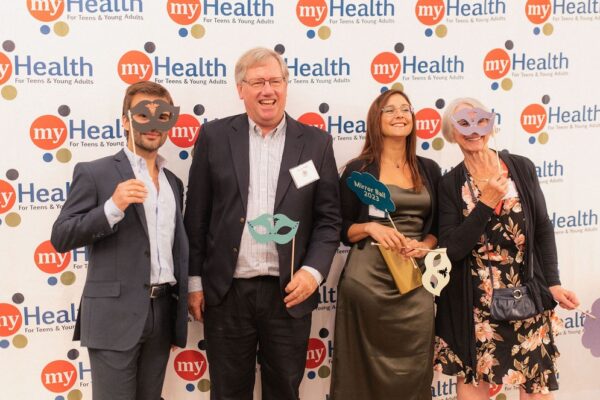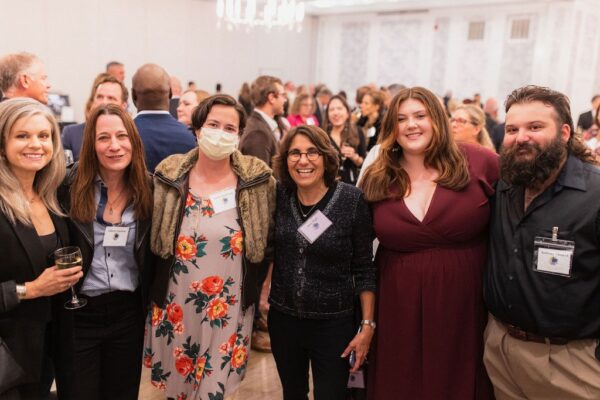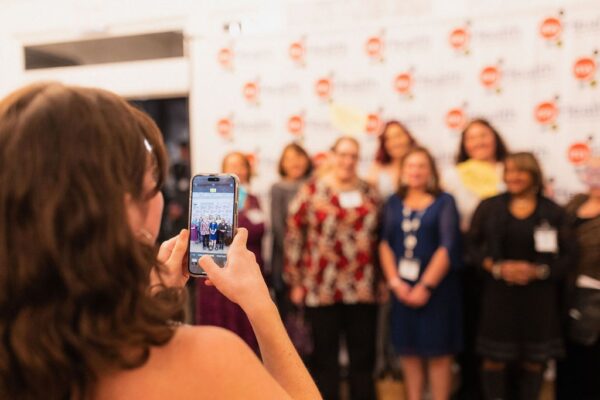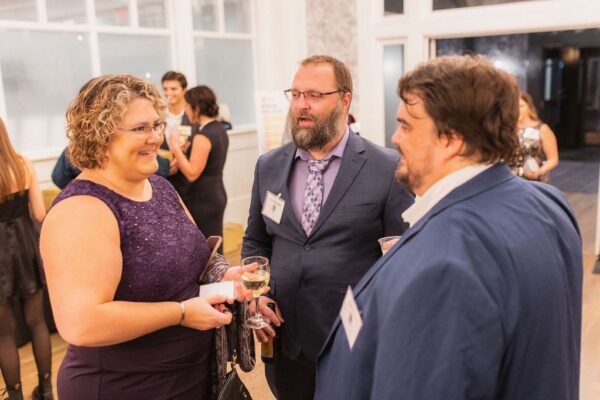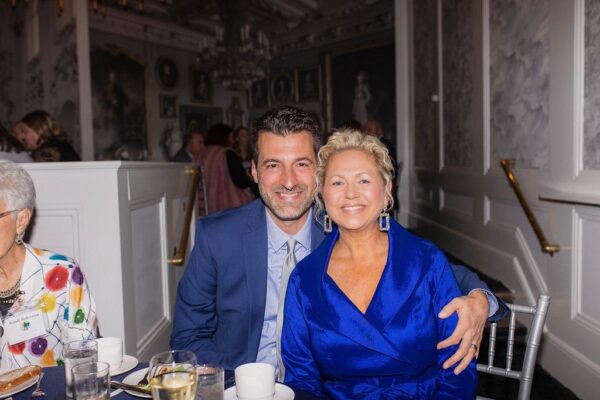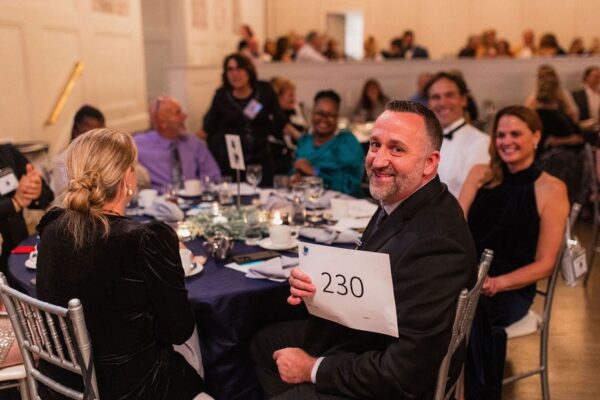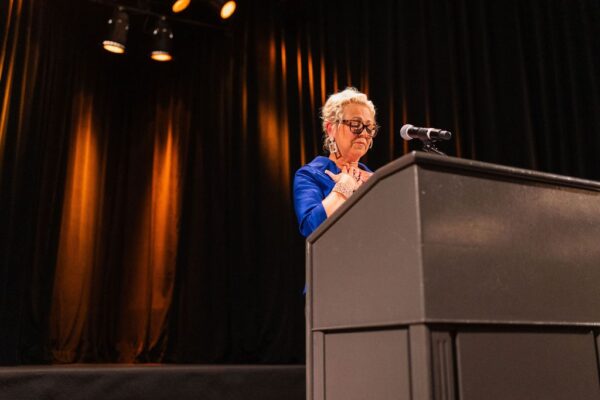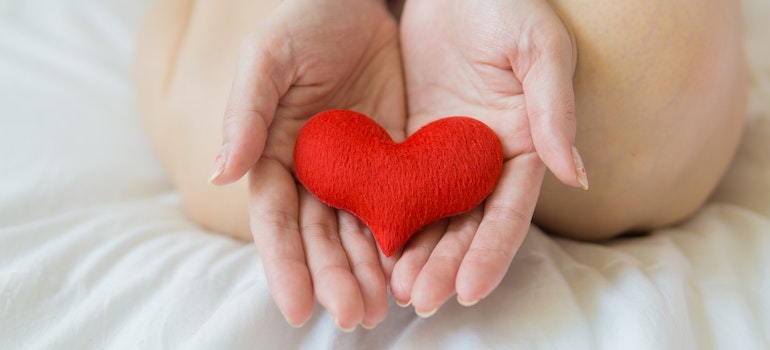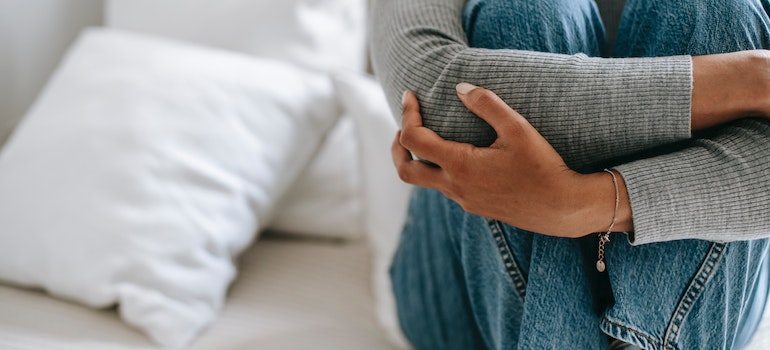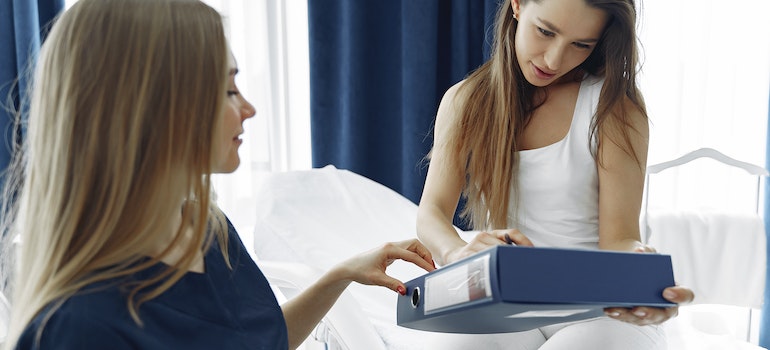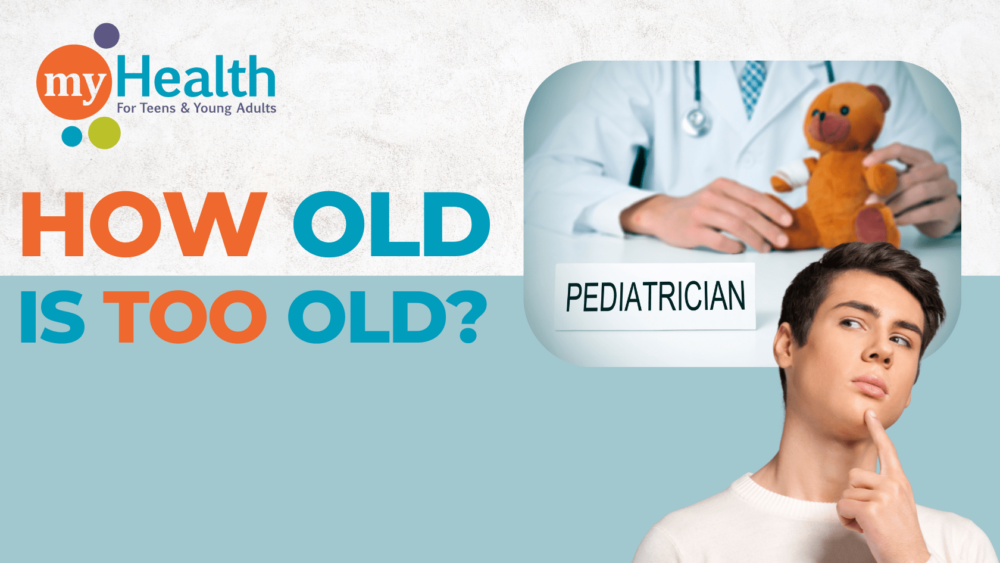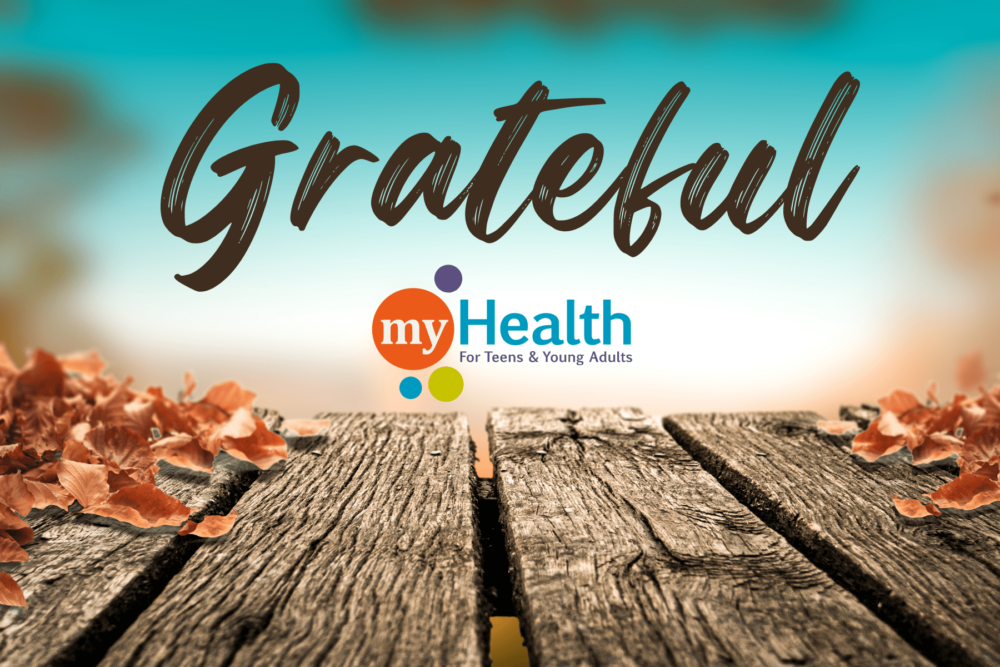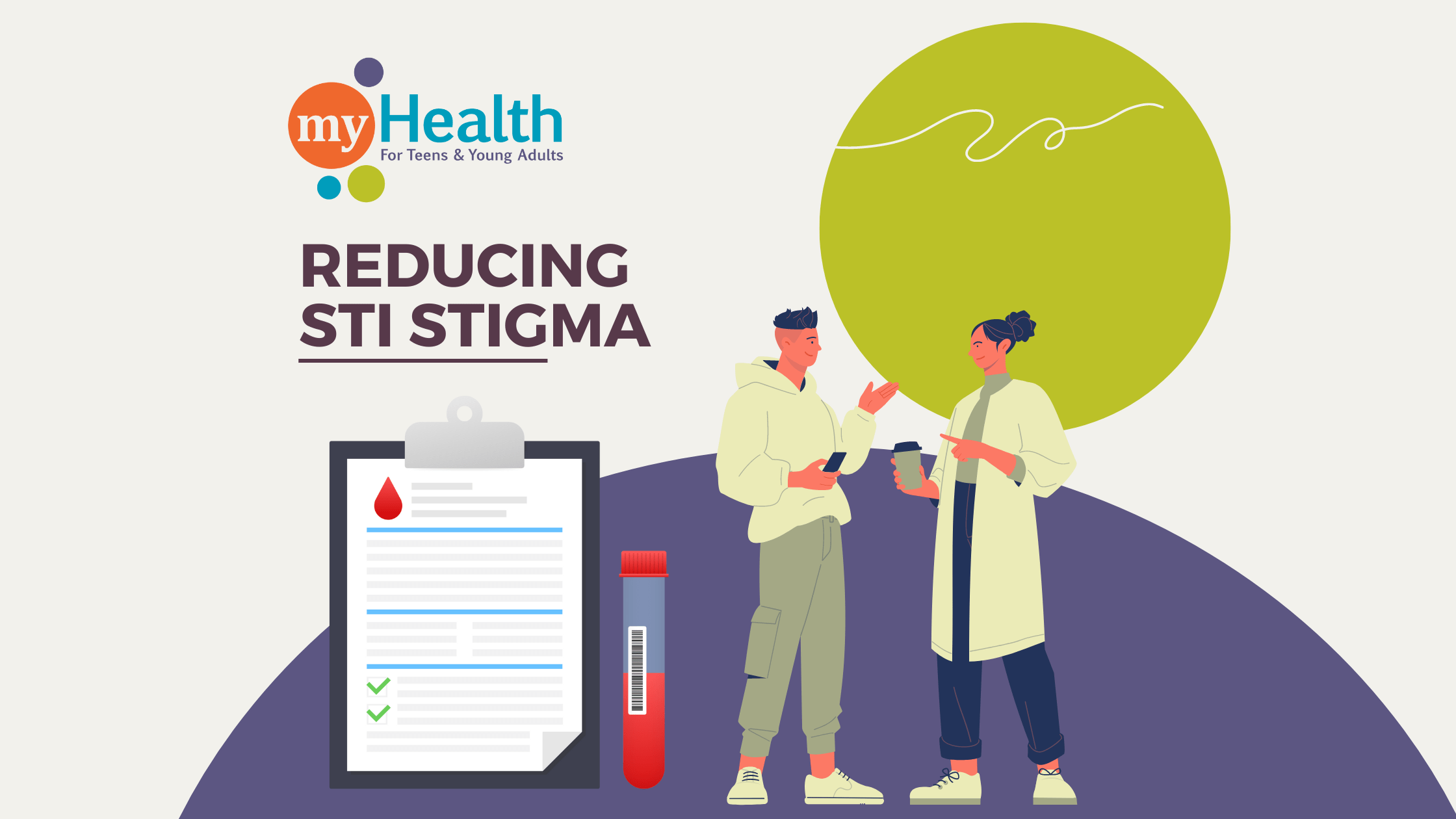
Getting a Sexually Transmitted Infection (STI) or even worrying about getting an STI can be a stressful experience. However, getting an STI isn’t a moral failing any more than getting any other virus or bacteria. Sexual intimacy is a normal part of life for most people, and whether you’ve had sex one time or a thousand times, it is possible to get an STI.
You are not less important or less clean if you get an STI. What’s important is knowing your status by testing and understanding what to do with that information.
Take Charge of Your Health
An important part of reducing STI stigma is treating STIs like any part of your health. Empower yourself with knowledge about reducing risk, testing, and how STIs work.
If you are at risk of getting an STI, there are simple steps you can take to reduce your risk. This lets you take charge of your health without changing your lifestyle.
- Use barrier methods. When used correctly, both internal and external condoms are effective at preventing STIs. Internal condoms are inserted into the vagina, and external condoms are placed over the penis. No matter what kind of sex you are having, there are effective options for protecting yourself.
- Get tested regularly. Get tested each time you have a new partner and as recommended by your health care provider.
- Ask about PrEP. Are you at risk for HIV? Ask your provider about PrEP, the medication that protects you against getting HIV.
Talk About It!
Sexual health isn’t an individual matter. It’s important not only to test, but to communicate with each partner you have. Talk about the last time you got tested, your intent to test in the future, and any diagnoses that are relevant to your situation.
There are some STIs, for example, that cannot be cured that are important to discuss. Click here to hear directly from a myHealth Junior Board member’s experience with herpes and reducing the stigma that can come with it.
When other people talk about sexual health, listen to them! Telling our stories about sexual health is an important part of reducing stigma around STIs. Make yourself comfortable both sharing and receiving these stories. Even a little bit of communication makes a difference.
Get Tested
Getting Tested is Low-Stress at myHealth!
It’s easy to know your status. myHealth’s STI testing services are offered in a no-judgment environment that’s accessible to everyone in our age range.
If you need a routine screening, walk into the clinic and a nurse will help you.
You’ll check in with one of our front desk staff members, who will help you with paperwork and understanding your confidentiality. They will pass your information on to a nurse.
The nurse will take you back to a private room to discuss your current sexual health with you, helping you understand your risk of STIs, and decide which tests make sense for you. Next, you’ll go to the lab. You may leave a urine sample to be sent out to test for chlamydia and gonorrhea. You may complete rapid HIV and syphilis tests, done via a quick and easy prick of your finger. In some cases, you may also swab your throat or rectal cavity to provide additional samples to test.
If you get rapid tests done, you’ll wait a few minutes for the results. If you do not, the nurse and front desk staff will wish you a great day!
What if I have Symptoms?
If you think you’ve been exposed to an STI or have a symptom of an STI or other condition related to your sexual organs, just call 952-474-3251 to schedule a visit with a health care provider who can help you.
When you visit one of our doctors or nurse practitioners, they will be able to test you for a wider variety of infections, including BV, trichomoniasis, yeast, and urinary tract infections (UTIs).
They can also perform an exam to confirm whether your symptoms require treatment.
STIs are Treatable and Manageable
Many common STIs are easily treatable (e.g. Chlamydia, Gonorrhea); others are very manageable (e.g. HIV, Herpes). If you get an STI, don’t worry: your health care provider has seen many, many people have the same experience as you. They know how to help you!
If an STI test comes back positive, you’ll return to the clinic for treatment. At myHealth, treatment is simple and confidential. Even if you got tested somewhere else, you can come to myHealth for treatment without having to jump through extra hoops.
myHealth takes on STIs
Did you know one of the reasons myHealth was founded as West Suburban Teen Clinic back in 1972 was to combat a rise in gonorrhea in our community? We’ve been fighting STIs and STI stigma from the start!
STIs are like a lot of other viruses: they don’t discriminate, and they don’t like to go away. In the past twenty years, the most common STIs are all on the rise. Here’s a chart that shows a few of them.
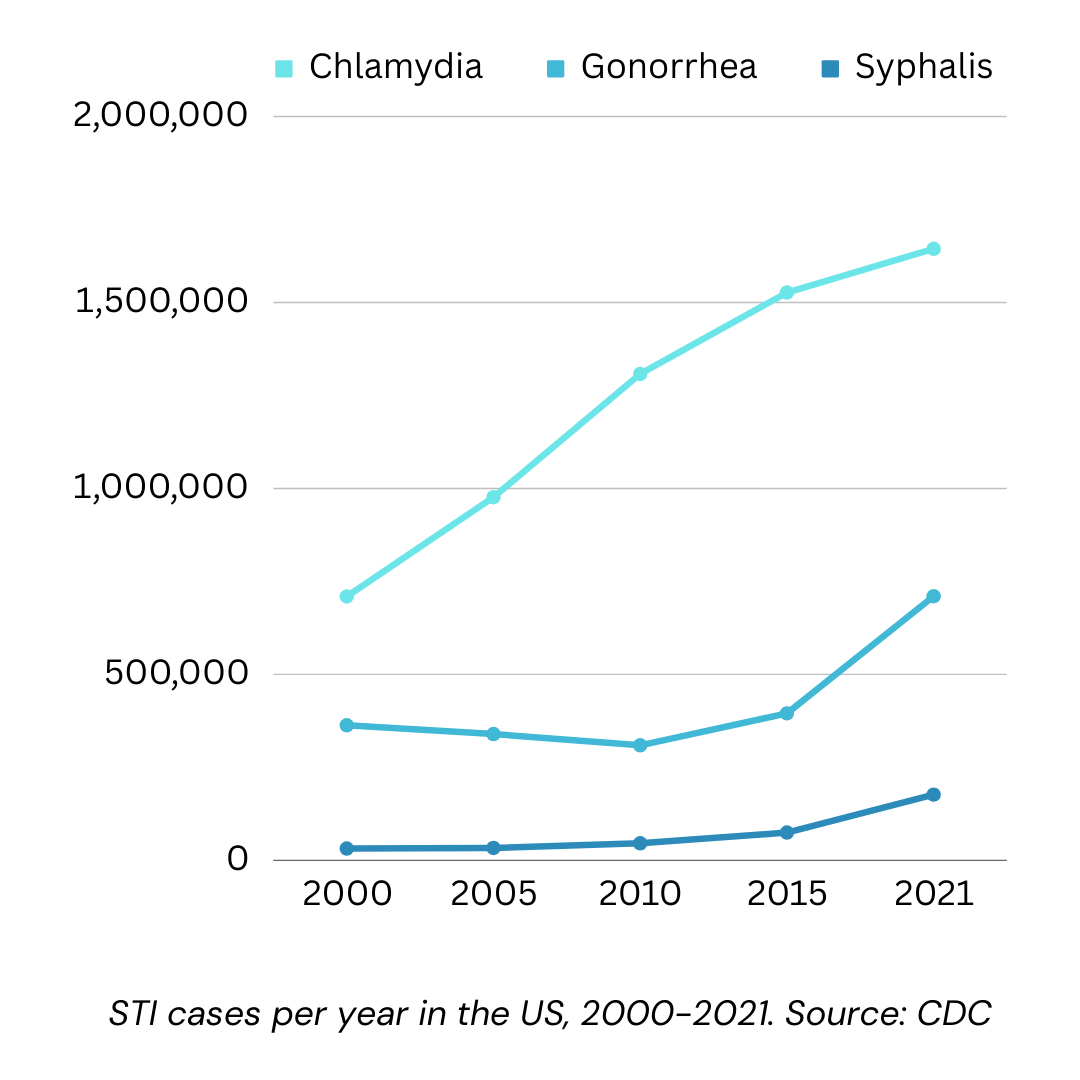
myHealth is committed to educating young people about STIs, STI risk, and STI prevention. If you ever need zero-judgment care, you can count on myHealth for confidential and affordable services. Don’t know your status? We hope to help you know very soon!
